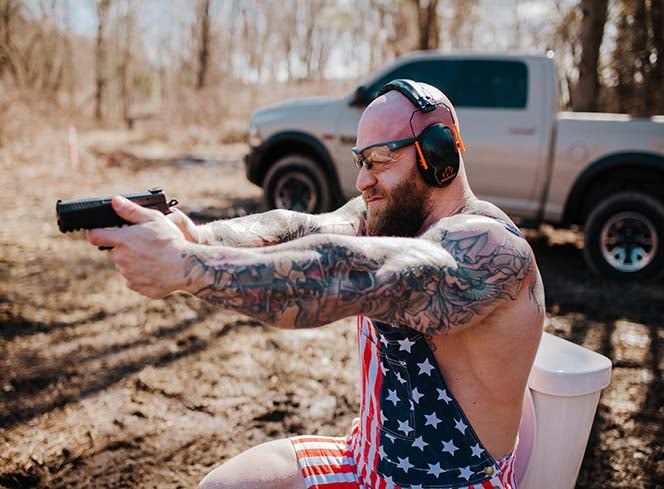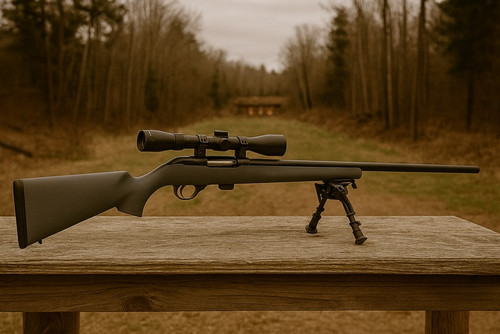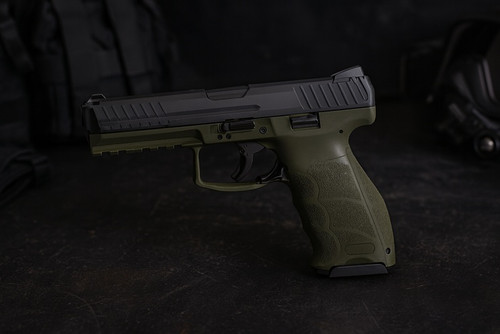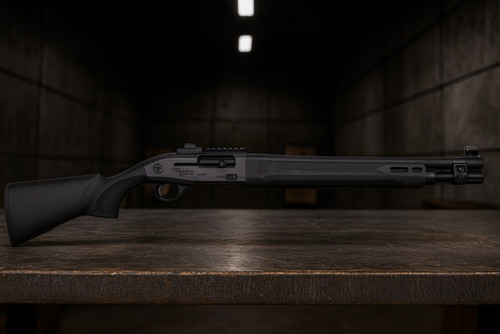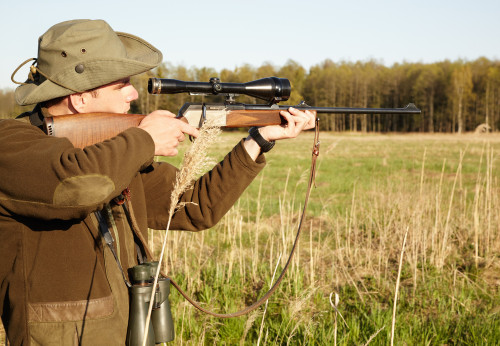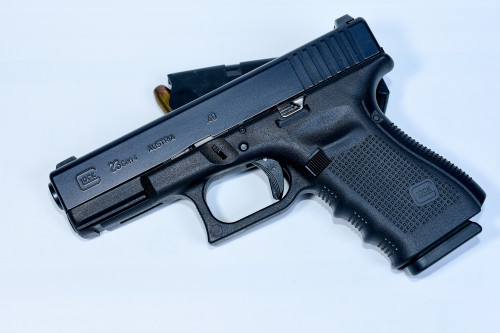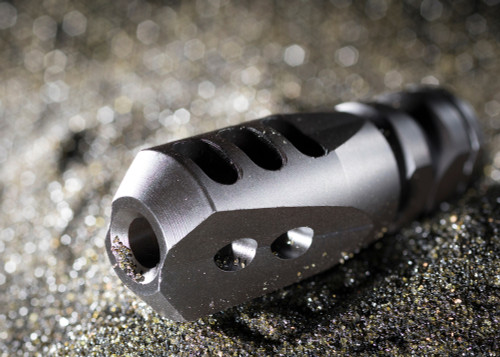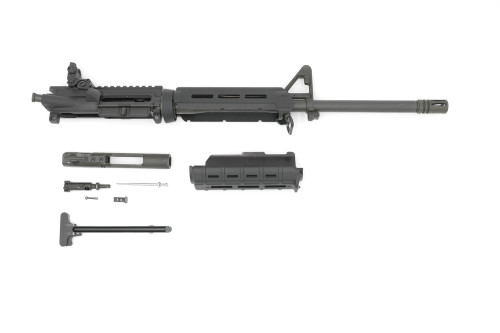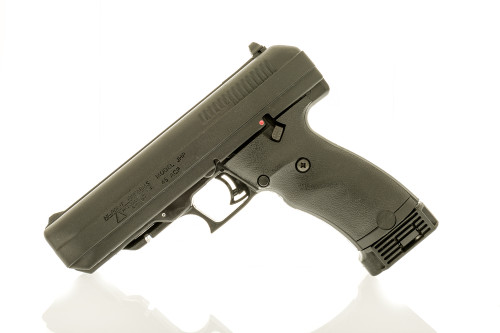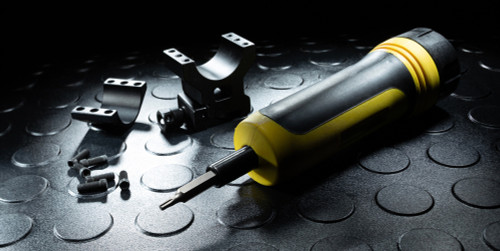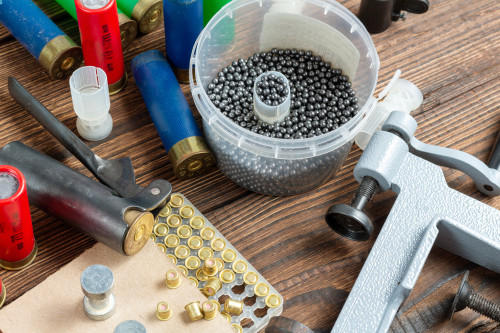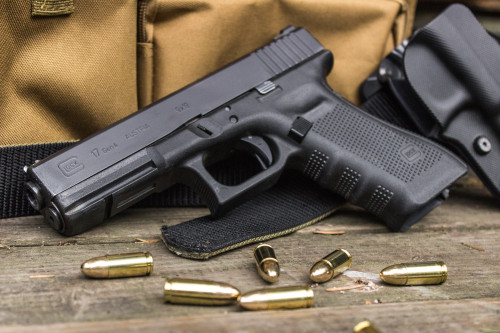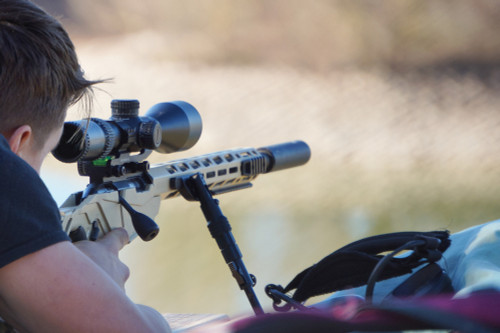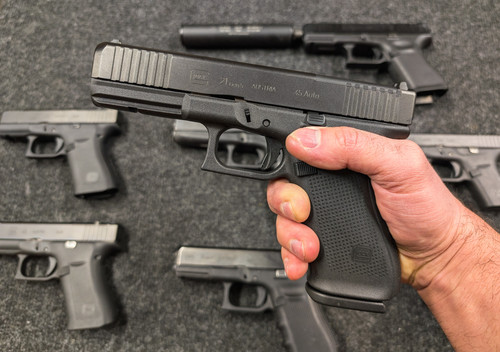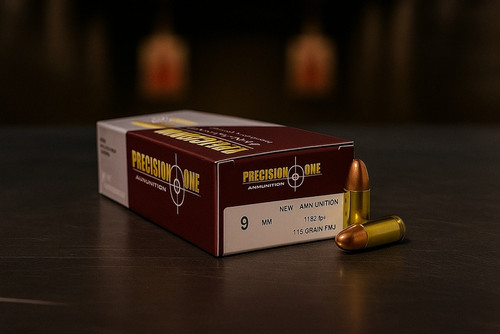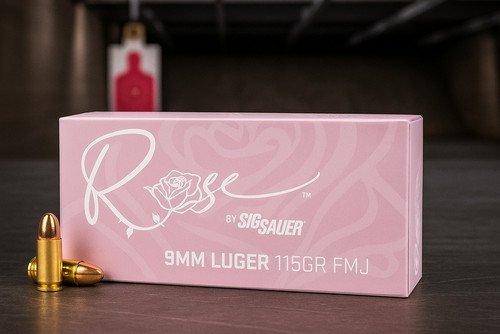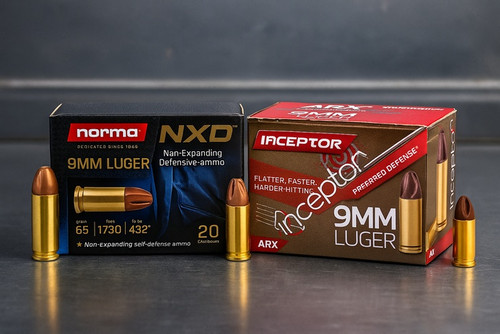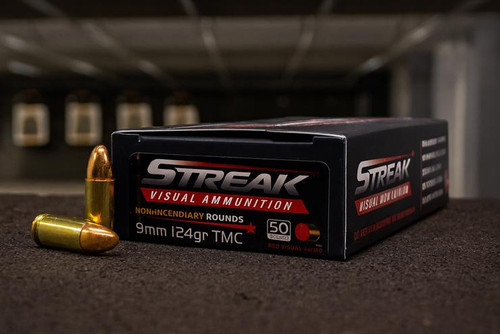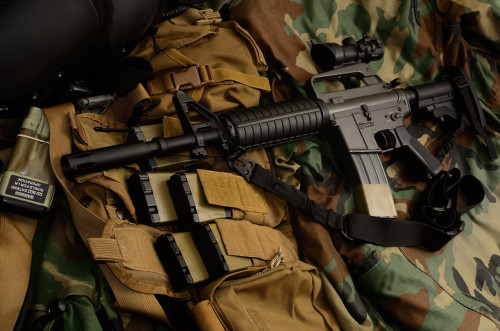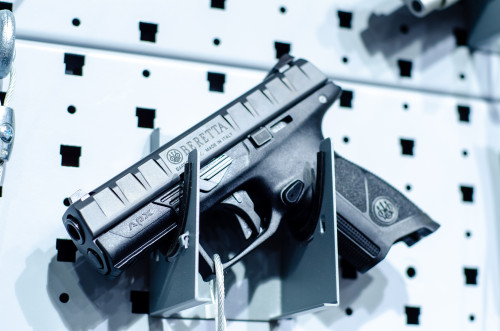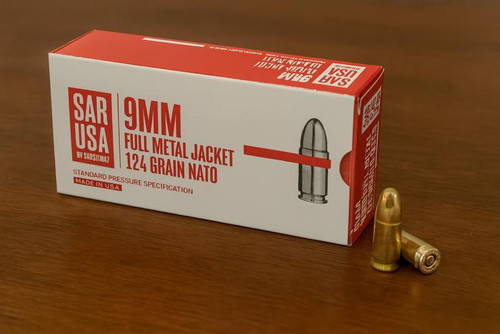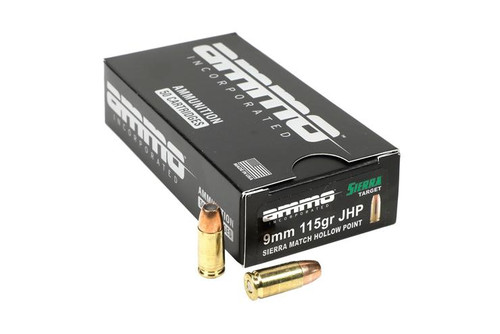Quick Answer
For most homeowners, a 9mm pistol (Glock 19/Walther PDP) balances control, capacity, and lights/optics. 12-ga shotguns (Mossberg 590A1/Beretta 1301) give strong stopping power, though they add recoil and slower reloads. AR-15s (PSA AR Pistol/DDM4 V7) bring low recoil, high capacity, and easy aiming. Train for safe indoor movement. Use proven defensive ammo, add a white light, and use secure quick-access storage.
Key Takeaways
- Choose the platform by home layout, training time, and local laws.
- Mount a white-light; consider red-dots where appropriate.
- Use vetted defensive ammo; avoid FMJ for defense.
- Practice reloads, malfunctions, and target ID routinely.
- Quick-access storage and legal compliance are mandatory.
A first midnight "house walk" with a trainer changes everything. What seemed like short hallways by day become narrow tunnels at night. That corner you never noticed creates a blind spot. The bedroom door that squeaks suddenly matters. Backstop angles, potential hiding spots, and light spill from windows make equipment choices real. The "best gun" becomes the one you can run safely and decisively in your home.
The Shortlist
- Best CCW/Home Crossover: Glock 19 Gen5 (9mm)
- Best Full-Size Pistol: Walther PDP Full Size 4.5 (9mm)
- Best State-Compliant Pick: Springfield 1911 Operator AOS (.45 ACP)
- Best Pump Shotgun: Mossberg 590A1 (12-ga)
- Best Semi-Auto Shotgun: Beretta 1301 Tactical (12-ga)
- Best Value AR: Palmetto State Armory AR-15 Pistols (5.56/.300 BLK)
- Best Premium AR: Daniel Defense DDM4 V7 (5.56)
Home Defense Gun Comparison Chart
| Model | Category | Caliber | Action | Capacity | Barrel | Weight |
|---|---|---|---|---|---|---|
| Glock 19 Gen5 | Pistol | 9mm | Striker-fired | 15+1 | 4″ | 23–24 oz |
| Walther PDP 4.5 | Pistol | 9mm | Striker-fired | 18+1 | 4.5″ | 25.4 oz (with empty magazine) |
| Springfield 1911 Operator AOS | Pistol | .45 ACP | Single action | 8+1 | 4.25″ / 5″ | 31–42 oz |
| Mossberg 590A1 | Shotgun | 12-ga | Pump | 5+1 – 8+1 | 14–20″ | 6.75–7.25 lb |
| Beretta 1301 Tactical | Shotgun | 12-ga | Gas semi | 7+1 | 18.5″ | 6.4 lb |
| PSA AR-15 Pistol | AR Pistol | 5.56 / .300 (varies) | DI semi | 30+ | 17.5–12.5″ (common offerings) | Varies |
| Daniel Defense DDM4 V7 | AR | 5.56 | DI semi | 30+ | 16″ | 6.2 lb |
How We Tested
For handguns, we combined Pro-Armory’s combined experience in military service, competition experience, and gun-shop work—with a close review of manufacturer specs, range reports, and vetted owner feedback. We examined documented light and optic compatibility, compared published trigger-pull figures from trusted sources, and studied instructor notes on draw-to-first-shot times to gauge handling in practical use.
Our rifle assessments drew on platform specifications, expert reviews, magazine-fit reports, and documented range data rather than live endurance firing. We compared performance claims across common distances and ammunition types, then cross-checked third-party evaluations to confirm feeding behavior and compatibility.
Shotgun coverage relied on published patterning data from manufacturers and independent tests, plus practitioner accounts on recoil control and reload methods in home-defense contexts. When available, we referenced formal pattern charts and consolidation tests from credible reviewers to anchor spread and point-of-impact discussions.
We also verify all technical claims against manufacturer specifications and cross-check performance assertions with data from multiple sources. When studies or statistics are cited, we trace them to primary sources rather than repeating unverified claims.
Best Home Defense Guns
1. Glock 19 Gen5 (9mm) - Best CCW/Home Crossover
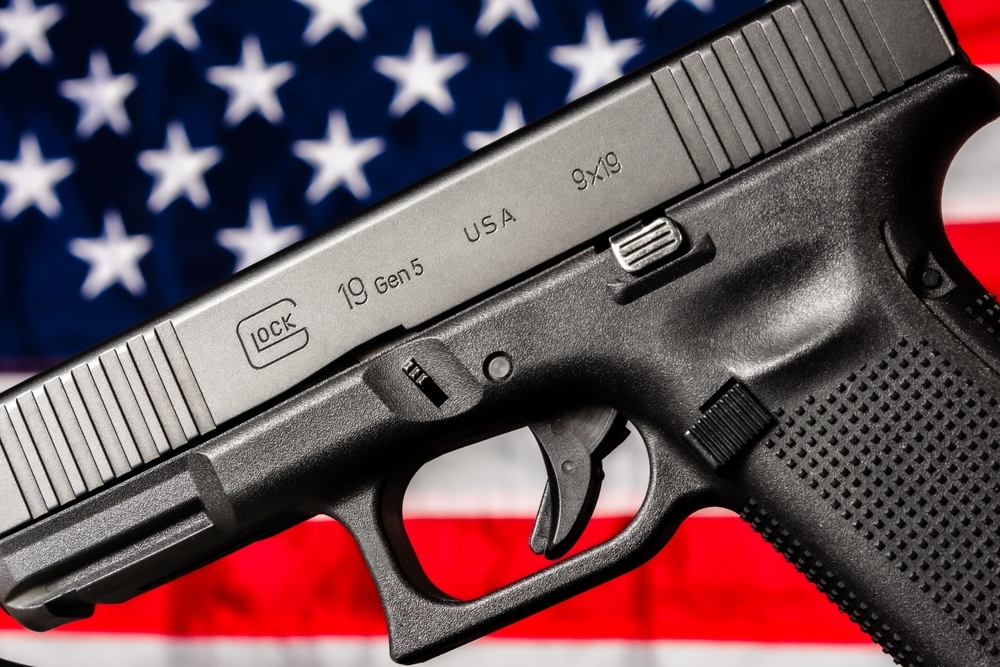
The Glock 19 stays on top for home defense and carry. It runs clean with little care and has done so for years. The Gen5 adds small upgrades and keeps what works.
This pistol feeds everything from bulk FMJ to premium defensive hollow points without complaint. The 15+1 capacity hits the sweet spot - enough rounds to handle threats but not so bulky it becomes difficult to manage. For home defense, the ability to mount lights and (on MOS models) red dots makes this platform even more effective.
Where the Glock 19 truly shines is its aftermarket support. If there's anything you don't like—trigger, sights, grip texture—someone makes an upgrade for it. This also extends to holsters, magazines, and parts availability, which matters when selecting a firearm you're betting your life on.
For people in restricted states, 10-round magazines are available. The standard 15-round mags give solid capacity without bulk. For home use, keep a few 17 or 24-round mags staged with the pistol for extra rounds.
Price: Street pricing fluctuates by configuration and retailer; recent listings commonly range from the low-$500s to ~$700+ (MOS and special finishes higher).
Specs
- Caliber: 9mm
- Action: Semi-auto, striker-fired
- Capacity: 15+1
- Barrel Length: 4″
- Overall Length: 7.3–7.4″
- Weight: 23–24 oz
Features
- Optics-ready variants (MOS)
- Compatible with most weapon lights
- Simple manual of arms; low maintenance
- Accepts extended magazines
Pros
- Nearly unmatched reputation for function
- Parts and magazines widely available
- Broad support for lights/optics
- Manageable size for various hand sizes
Cons
- Factory sights/trigger are basic
- Ergonomics don't work for everyone
- Less energy per round than rifle/shotgun
- Gen5 costs more than earlier models
2. Walther PDP Full Size 4.5 (9mm) - Best Full-Size Pistol
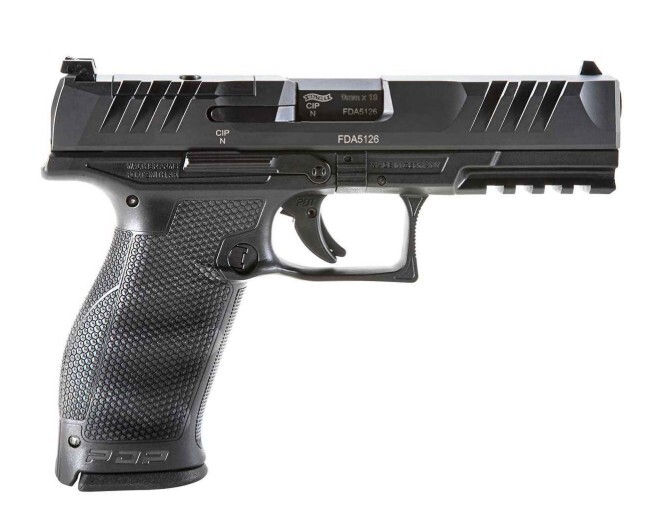
The Walther PDP has quickly built a reputation as a serious contender in the striker-fired pistol market. What sets it apart is its exceptional trigger—crisp, consistent, and with a positive reset that many consider the best factory striker trigger available. This translates directly to better accuracy under stress.
In the hand, the PDP feels natural for many. Walther includes three backstraps so you can set the grip to your hand. The bold texture gives strong control in rain or sweat, yet it will not shred clothing.
Every PDP comes optics-ready from the factory. It saves you the cost of slide milling if you want to add a red dot. The full-size 4.5" barrel model holds 18 rounds of 9mm. It gives you substantial capacity for home defense scenarios. The longer sight radius compared to compact models also helps with iron sight accuracy.
For home defense, the PDP takes common weapon lights and has growing aftermarket support. It has run well across many range sessions and shows good accuracy potential. If you want one handgun that guards the home and stays within budget, the PDP is a strong choice.
Price: MSRP $699; typical street pricing $600–$700 depending on trim and availability.
Specs
- Caliber: 9mm
- Action: Semi-auto, striker-fired
- Capacity: 18+1
- Barrel Length: 4.5″
- Overall Length: 8″
- Weight: 25 oz
Features
- Multiple backstraps for fit customization
- Industry-leading striker trigger
- Optics-ready from factory
- Exceptional grip texture
Pros
- Best-in-class trigger feel and break
- Comfortable, controllable grip system
- Higher capacity than many competitors
- Accurate with various ammo types
Cons
- Slightly pricier than base-model pistols
- Fewer holster options than Glock (though growing)
- Full-size length less ideal for concealment
- Relatively new platform with less track record
3. Springfield 1911 Operator AOS (.45 ACP) - Best State-Compliant Pick
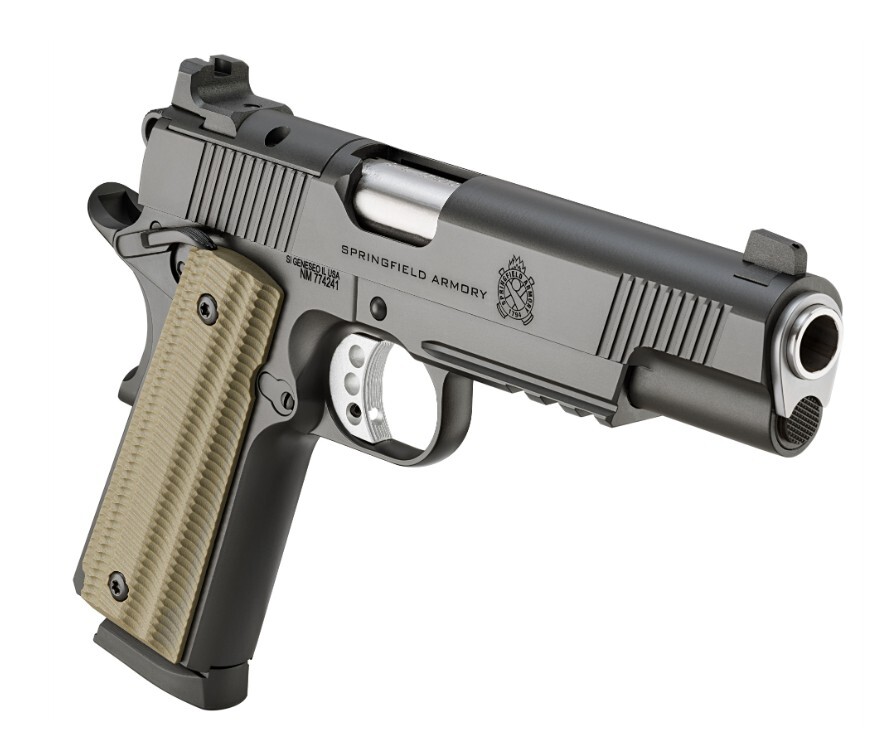
In states with mag limits, the caliber choice matters more. With 10 rounds on tap, many owners go bigger to get more effect per shot. The Springfield 1911 Operator AOS brings .45 ACP power in a classic frame with modern fight features.
The Operator series sits in the sweet spot of Springfield's 1911 lineup—more refined than entry-level models but more affordable than their top-tier offerings. The AOS (Adaptive Optics System) allows mounting red dot sights without custom gunsmithing. It brings this classic design firmly into modern defensive use. The integral accessory rail accepts tactical lights, another essential for home defense.
Steel-framed 1911s bring clear gains for home defense. The added weight tames recoil, so your follow-up shots land faster and straighter. The single-action trigger gives crisp control, often around 4–5 pounds with very little travel. The thumb safety and grip safety add layered protection against a bad press.
If you live in a restricted state and want a capable home handgun with modern add-ons, the Operator AOS makes a strong case. You get proven .45 ACP performance and room for key accessories. Eight rounds of quality .45 ACP hollow points offer real defensive power even with limits.
Price: MSRP ~$1,197; street prices vary by barrel length and local availability.
Specs
- Caliber: .45 ACP
- Action: Semi-auto, single action
- Capacity: 8+1
- Barrel Length: 4.25″ or 5″
- Overall Length: 7.9″ / 8.6″
- Weight: 31–42 oz (config)
Features
- AOS optic mounting system
- Accessory rail for weapon lights
- Match-grade barrel
- Premium single-action trigger
Pros
- Exceptional trigger quality
- Weight reduces felt recoil
- Larger caliber option
- Optic and light compatibility
Cons
- Lower capacity than 9mm options
- Heavier than polymer pistols
- More maintenance required
- Higher price point
4. Mossberg 590A1 (12-ga) - Best Pump Shotgun

The Mossberg 590A1 is a benchmark pump for defense, proven in service around the globe. It is overbuilt for hard use, with a heavy-walled barrel, a metal trigger guard, and rugged parts from front to back.
The 590A1 wins on simple and effective. A manual pump has fewer parts to fail and cares less about ammo power to cycle. Common home setups use 18.5" or 20" barrels and 5+1, 6+1, or 8+1 capacity—plenty of rounds in a proven layout.
Controls are easy to reach and easy to learn. The top safety is ambidextrous and quick to hit in the dark. The pump release sits where your hand can reach it fast. A bead sight gives quick picks at home ranges, and the receiver comes drilled and tapped for optics.
Recoil hits hard with defense loads, yet good stance and grip keep it in check. You can add side saddles for spare shells and forend lights for target ID. Pick solid buckshot or slugs, practice the stroke to avoid short-cycling, and the 590A1 will serve well for home defense.
Price: Widely varies by specific 590A1 model; recent retail listings span roughly the high-$500s to ~$1,000+, depending on sights, barrel, and capacity.
Specs
- Gauge: 12-ga
- Action: Pump-action
- Capacity: 5+1, 6+1, or 8+1
- Barrel Length: 18.5″, 20″ (14″ variants exist but are NFA-regulated as short-barreled shotguns).
- Overall Length: 36–41″
- Weight: 6.75–7.25 lb
Features
- Heavy-walled barrel on A1 models
- Metal trigger guard assembly
- Multiple capacity options
- Top-mounted ambidextrous safety
Pros
- Exceptional durability
- Simple manual operation
- Powerful defensive capability
- Strong value for the money
Cons
- Heavy compared to other options
- Substantial recoil with defensive loads
- Requires practice for smooth operation
- Slower reloads than semi-autos
5. Beretta 1301 Tactical Mod 2 (12-ga) - Best Semi-Auto Shotgun

The Beretta 1301 Tactical brings speed and control to the 12-gauge. This gas-run semi-auto fires fast and stays flat, so follow-up shots come quick without working a pump each time. Beretta states its BLINK gas system cycles ~36% faster than other semi-auto shotguns (manufacturer claim), contributing to fast follow-up shots.
Even with smart tech inside, the 1301 keeps use simple. The controls are large and easy to feel under stress or with gloves. The big charging handle and bolt release make each step clear, even in low light. The widened loading port speeds shell loading and fixes a common shotgun weak point.
Ergonomics are a strong suit. At about 6.4 pounds, it is lighter than many defensive shotguns, so long drills or long nights feel easier. The stock shape and pad help soften the hit, so quick strings stay on target. The Mod 2 adds refinements born from user feedback and makes a good design even better
For accessories, the 1301 comes ready for defensive applications with a Picatinny rail for optics mounting. The barrel accepts common choke tubes for pattern customization. The forend allows mounting lights and other accessories. If budget permits, the 1301 represents perhaps the most refined expression of the modern defensive shotgun.
Price: Commonly found $1,300–$1,600 depending on configuration and colorway.
Specs
- Gauge: 12-ga
- Action: Semi-auto, gas-operated
- Capacity: 7+1
- Barrel Length: 18.5″
- Overall Length: 37.8″
- Weight: 6.4 lb
Features
- BLINK gas system for fast cycling
- Oversized controls for stress operation
- Optics rail standard
- Enlarged loading port
Pros
- Exceptionally fast follow-up shots
- Lighter than many defensive shotguns
- More controllable recoil than pumps
- High-quality construction
Cons
- Premium price point
- Semi-autos more ammunition-sensitive
- Less aftermarket support than some options
- Length still challenges tight spaces
6. Palmetto State Armory AR-15 Pistols (5.56/.300 BLK) - Best Value AR
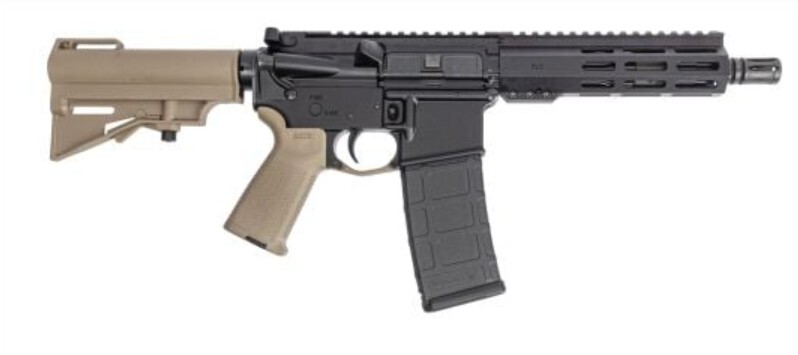
Palmetto State Armory built its name on budget AR builds that still do the job. This AR pistol line brings the punch of an AR into a compact, easy-to-handle package—great for tight hallways and small rooms at home. You can pick 5.56 NATO or .300 Blackout, so you match the gun to your needs.
Short barrels—about 7.5 to 10.5 inches—make these pistols quick around corners and through doorways compared to full-size rifles. Even with the small size, you keep the main AR strengths: soft recoil, solid hit potential, and big magazines. Stabilizing-brace availability and rules have recently changed; as of 2025, federal courts have vacated the 2023 ATF brace rule, but always verify current federal and state law before configuring a braced pistol.
These PSA pistols are friendly to upgrades. The M-LOK handguards take common add-ons; a weapon light matters most for home use. A flat-top upper lets you mount optics you like, from red dots to holographic sights. If you want to tweak later, standard AR parts fit, so changes stay simple.
For home defense, PSA AR pistols offer an easy way into the AR space without draining your budget. The value is plain: a 30-round mag, rifle-grade terminal effect, and a platform you can tailor—at a price far below high-end builds. Just know that shorter barrels make more blast and flash than full-length rifles.
Price: Entry configurations often start in the mid-$400s–$600s, with higher-end or branded uppers costing more; check current PSA listings for exact builds.
Specs
- Caliber: 5.56 NATO or .300 BLK
- Action: Semi-auto, direct impingement
- Capacity: 30+1
- Barrel Length: 6–12″
- Overall Length: Varies by setup
- Weight: Varies
Features
- M-LOK handguards for accessory mounting
- Pistol brace for added stability
- Multiple caliber options
- Standard AR controls and compatibility
Pros
- Exceptional value pricing
- More maneuverable than full-length rifles
- High capacity standard
- Easy customization path
Cons
- Increased noise/flash with short barrels
- Quality can vary by specific model
- More complex manual of arms than pistols
- Barrel length restrictions in some jurisdictions
7. Daniel Defense DDM4 V7 (5.56) - Best Premium AR
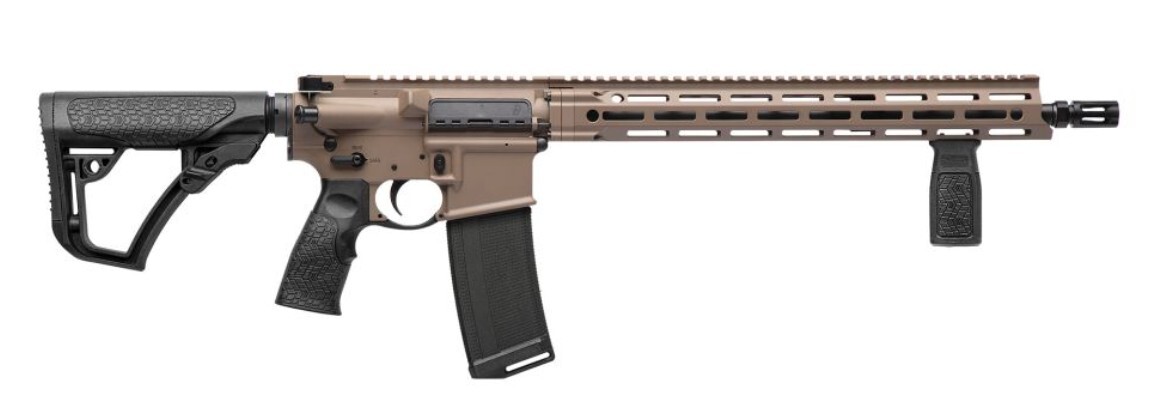
The Daniel Defense DDM4 V7 sits at the high end of AR-15s, with careful build quality and smart touches across the rifle. If you want a no-compromise home rifle, the V7 gives performance that earns its higher price. From the cold hammer-forged barrel to the upgraded bolt carrier group, parts are made to last.
This rifle balances weight and function well. At about 6.2 pounds empty, it stays light for long sessions, yet has enough mass to tame recoil. The 16-inch barrel meets legal needs without extra paperwork and keeps strong ballistics with good defensive ammo. A mid-length gas system smooths cycling and supports long-term, clean running.
The V7 also shines in hand. The grip gives firm control, and the stock adjusts for length so you find a natural fit. Its M-LOK rail lets you place gear exactly where you want it without extra bulk. Every control is shaped for sure use when stress is high.
For home defense, the V7 needs very little out of the box. Add a good white light and your sight of choice—red dot, holographic, or a low-power variable optic—and you are set. With 30-round mags and the mild push of 5.56, you get a highly effective setup for home safety.
Price: $1,800+
Specs
- Caliber: 5.56 NATO
- Action: Semi-auto, direct impingement
- Capacity: 30+1
- Barrel Length: 16″
- Overall Length: 32.25–36″
- Weight: 6.2 lb
Features
- Cold hammer-forged barrel
- M-LOK handguard system
- Enhanced bolt carrier group
- Premium furniture and controls
Pros
- Exceptional build quality and durability
- Accurate with various ammunition types
- Well-balanced weight and handling
- Minimal upgrades needed
Cons
- Premium price point
- Standard 16" barrel length less maneuverable indoors
- Overpenetration concerns with some ammunition
- Requires training for effective home use
How to Pick the Best Home Defense Gun
Choosing between rifles, pistols, and shotguns for home defense means weighing a few key points. Here’s a simple look at strengths and trade-offs for each platform.
AR-15 / Rifle Indoors

Strengths: The AR brings clear gains. Low recoil helps people of many sizes control it. A 30-round mag gives strong staying power without a reload. Good ergonomics and multiple contact points steady the gun and help it hit under stress. Modern ARs also offer easy mounting for lights and optics you’ll actually use.
Trade-offs: Even short AR pistols are longer and heavier than handguns, so tight spaces can be tricky. Over-penetration through walls is a real risk and calls for careful ammo choice. The manual of arms is more involved than with a handgun, so plan real practice for home needs.
Ammunition: For 5.56/.223, pick bonded soft-points or jacketed soft-points made for defense—these balance growth of the wound path with proper depth. Bonded soft-points for 5.56/.223 align with those aims. For .300 Blackout, home-focused loads work well, especially in short barrels, and can give strong terminal effect at room ranges.

Magtech 5.56 NATO 62gr FMJ
$26.54
at Pro Armory
Prices accurate at time of writing
Pistol for Defense & Carry
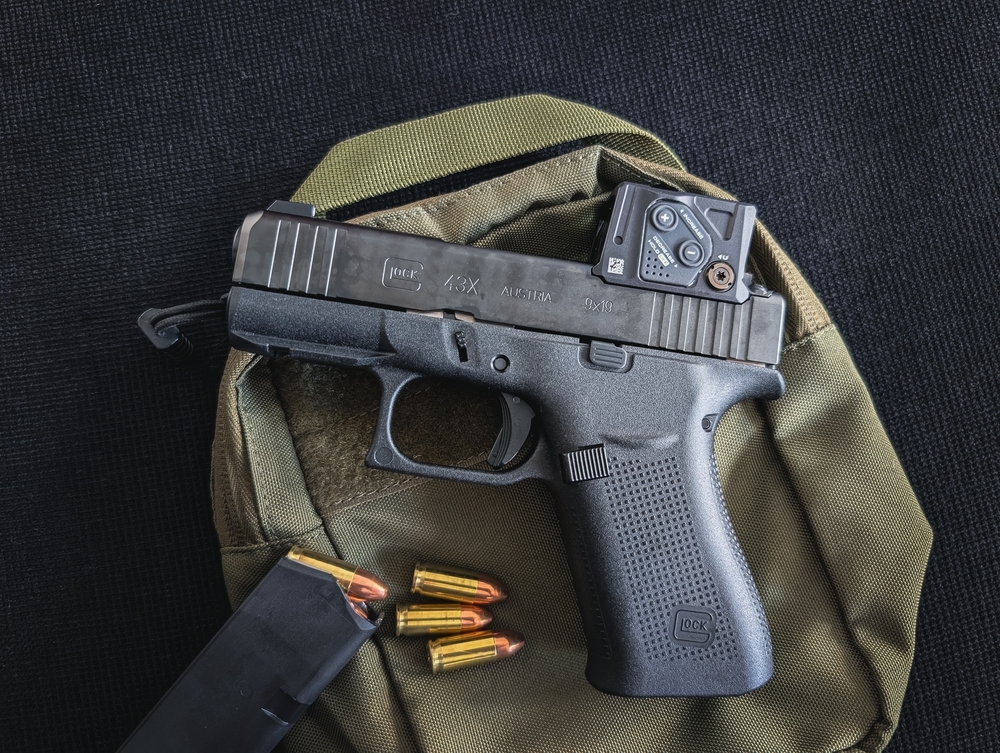
Strengths: Handguns shine in small spaces. One-hand use lets you open doors, guide family, or call 911. Many duty pistols carry double-digit rounds with quick, simple reloads. The same gun can serve at home and for concealed carry, which keeps training simple and consistent.
Trade-offs: Pistols carry less energy than rifles or shotguns, so you may need more accurate hits to stop a threat. They are harder to shoot well under stress, especially for newer shooters. Better sights or a pistol-mounted optic can help you place hits fast.
Ammunition: Use proven 9mm jacketed hollow points from major makers with a track record in service use. Federal HST, Speer Gold Dot, and Winchester Ranger-T/PDX1 in 124- or 147-grain weights are steady choices. Duty-proven loads are typically selected to meet the FBI ballistic protocol’s 12–18″ penetration window; loads like Federal HST, Speer Gold Dot (9mm)

Federal Premium 9mm 147gr JHP
$28.99
at Pro Armory
Prices accurate at time of writing
Shotgun at Home
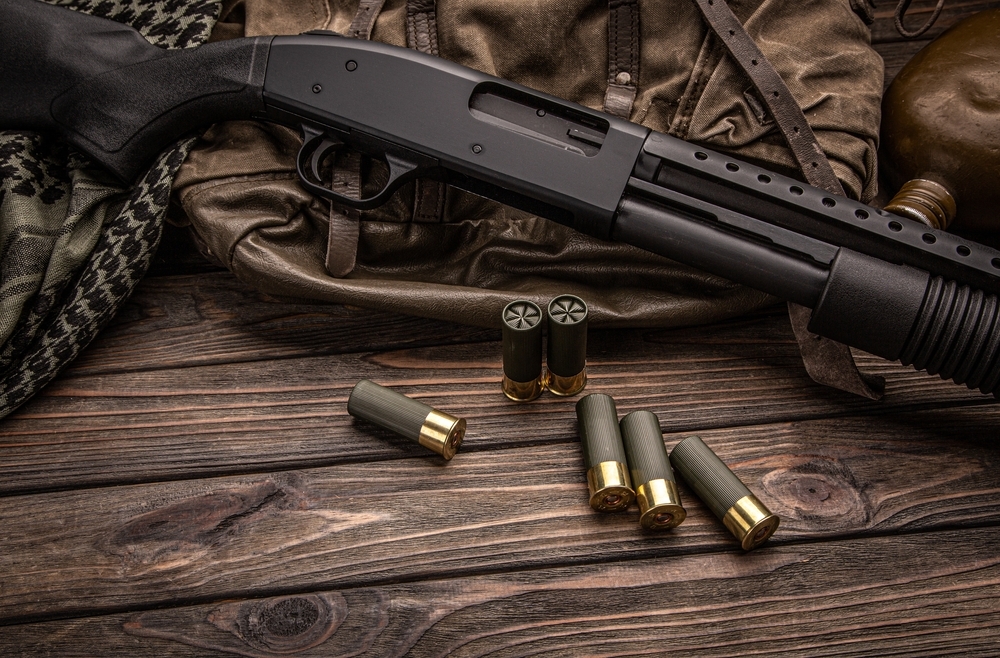
Strengths: Shotguns bring a heavy payload with each press. Multiple pellets can cause major damage and may end a threat quickly. Pump guns offer simple mechanics and run with little upkeep. The sight and sound of a shotgun can also stop a bad plan before a shot is fired.
Trade-offs: Recoil can be stout and tough for smaller-frame shooters. Capacity is limited—often five to eight shells—so long events expose a weak point. Reloads are slower and more complex than other platforms. Overall length can make tight turns harder.
Ammunition: Quality 00 or #1 buck from trusted makers gives the best mix of pattern, depth, and stopping effect. quality buckshot (#1 or 00) with tight wads. Pattern your gun and load at home distances—about five to ten yards—so you know exactly what your setup does.
A study published in the Journal of Trauma found that among defensive firearm uses in homes, the relative frequency of legitimate self-defense shootings compared to accidents, suicides, or criminal shootings was lower than many expected. This highlights the importance of safe storage, training, and responsible ownership regardless of which platform you choose.

WINCHESTER DEFENDER 12GA 2.75" 3-00/1OZ 10RD BOX
$20.06
at Pro Armory
Prices accurate at time of writing
Home Defense Gun Safety
No home defense discussion is complete without addressing safety considerations. These factors are platform-independent and critical regardless of which firearm you select.
Storage: Quick-access safes strike the right balance between security and speed. Small handgun safes with biometric, RFID, or simple combos open in seconds. Larger quick-access units hold long guns with lights and optics mounted. The aim is to block unauthorized hands (kids above all) without slowing you in a true emergency.
Hearing Protection: Gunfire inside a room can cause instant hearing loss. Where legal, suppressors cut sound a lot and do not reduce defensive effect. If that is not an option, stage an electronic ear pro near your setup so you can grab it fast.
Legal Considerations: Know your local rules for storage, magazine limits, and use of force. Some areas have added rules when children live in the home. Others limit certain parts or capacities. Learn this early before anything happens.
Family Plan: Everyone in the home needs the basics. Set simple safety rules and clear steps for a home event. Make a plan for alerts, rally spots, safe rooms, and calling 911. Walk your home in low light to find tight turns, blind spots, and problem angles.
Research on defensive gun use shows many gun owners keep firearms for protection. A study in the Journal of Criminal Justice reported a clear pattern. Armed people who resist criminals with guns face fewer injuries than those who use other measures or do not resist at all. The gap is notable, and it points to real safety stakes during a crime.
Other studies on defensive use show how people deploy firearms to stay safe. Research from Pennsylvania found about one in four gun owners reported using a gun defensively at some point in life. That rate signals a common experience, not a rare edge case. It also shows how firearms fit into many personal safety plans, both at home and away from home.
A Justice Department review added another point. It found that armed citizens stop and kill more criminals per year than many expect. That pattern suggests defensive gun use happens more often than public debate admits. The finding supports why many households want strong home defense options ready.
Accessories & Ammunition
White-Lights & Optics
Lights: A weapon-mounted light is a must for home defense. You must see what you are aiming at. The light can also disorient a threat for a moment. Aim for at least 500 lumens and simple controls you can run under stress. Strong choices include Streamlight, SureFire, and Modlite.
Optics: Red dots speed the first hit and help in low light. For pistols, enclosed models tend to hold up well. On ARs, tube-style or holographic sights both work. Keep iron sights in place as a backup if electronics fail.
Muzzle Devices: Where legal, suppressors cut blast and flash and protect hearing and night vision indoors. Flash hiders help with night vision even when you do not cut sound. Muzzle brakes help control rise but raise noise a lot inside rooms.
Defensive Ammunition Picks
Pistol (9mm): Federal HST 124gr or 147gr, Speer Gold Dot 124gr or 147gr, and Winchester Ranger-T/PDX1 124gr show strong expansion, depth, and weight hold in test media. Skip ball ammo for defense due to extra wall pass-through risk.
Shotgun (12-ga): Federal Flight Control 00 Buck, Hornady Critical Defense 00 Buck, and Federal Premium Personal Defense #1 Buck give tight patterns and steady on-target performance. Pattern your exact gun and load; each gun can act a bit different.
Rifle (5.56/.223/.300 BLK): For 5.56/.223, look at Speer Gold Dot 62gr, Federal Fusion 62gr, or Hornady Critical Defense 73gr—these aim for the right blend of depth and wound size indoors. For .300 Blackout, Hornady Black 110gr V-MAX and Barnes 110gr TAC-TX do well in short barrels.
Most U.S. gun owners cite protection as a primary reason for ownership; credible national estimates of how many adults carry in public regularly vary by survey and method.
Final Thoughts
There is no single “best” home defense gun for everyone. Your pick should match your space, your training level, your body, and your local laws. A pistol may fit a home with tight corners and kids in nearby rooms. A shotgun may serve a rural home with fewer wall-to-wall risks. An AR may suit someone ready to train and use its strengths.
No matter what you choose, some rules never change. Mount a good white light. Pick proven defensive ammo. Store the gun secure yet fast to access. Practice often so you can run the gun under stress. A great tool can still fail you if you do not build the skill.
Remember, a firearm is one part of home safety. Strong doors and locks, clear lines of sight, alarms, and a family plan all work with your gun choice to keep people safe.
For a practical decision-making framework, start with common self-defense scenarios to understand what you’re most likely to face, then compare shotguns, pistols, and rifles in best home defense gun to select the setup that fits your situation.
Frequently Asked Questions (FAQ)
Which is the best pistol, shotgun, or AR for home defense?
The right pick depends on your home, your training, and your needs. Pistols are easy to move and simple to stage. ARs offer low recoil, high capacity, and strong hit chances. Shotguns hit hard per shot but kick more and reload slower. For many people, a solid 9mm pistol or an AR-15 pistol gives the best mix of control and results.
What defensive ammo should I use for 9mm, 12-ga, and 5.56/.300 BLK?
For 9mm, go with proven hollow points like Federal HST or Speer Gold Dot in 124gr or 147gr. For 12-ga, pick quality 00 or #1 buck from Federal, Hornady, or Winchester. For 5.56, choose bonded soft points or home-built defensive loads in 62–77gr. For .300 BLK, 110–125gr expanding bullets work well in short barrels.
Should I run a red dot or stick with iron sights at home distances?
Red dots give faster aim and help in low light or with older eyes. Good models with fresh batteries can run for years. Still, keep iron sights ready and train with them as a backup.
How do I pattern a shotgun for typical room lengths?
Set targets at five, seven, and ten yards. Shoot your home load at each mark and measure spread. You want all pellets on a torso-size target with a bit of margin. Try a few loads and chokes to see what your gun likes.
What AR barrel length balances maneuverability and performance indoors?
Under federal law, a rifle with a barrel <16″ is an NFA-regulated SBR; AR “pistols” with <16″ barrels and no shoulder stock are treated as pistols. Confirm current federal/state law before configuring.
How loud is indoor gunfire, and do suppressors meaningfully help?
Indoor gunfire can exceed 160 dB peak; quality suppressors may reduce ~20–30 dB, but peak levels typically remain near or above the 140 dB impulse-exposure limit—hearing protection is still strongly advised.
Which training drills matter most for home defense readiness?
Work safe handling under stress, target ID in low light, odd shooting positions, and movement based on your own floor plan. Practice one-hand use, reloads, and clearing malfunctions. Dry fire these drills several times a week.
How do I set up quick-access storage that remains secure?
Choose UL-rated quick-access safes with more than one way to open. For handguns, small biometric or RFID safes near the bed work well. For long guns, tall quick-access units in a closet or bedroom help. Test the open methods often and swap batteries on a schedule.
About the Author
This article was written by the Pro Armory writing team using current research and long hands-on time around the AR platform, duty pistols, and shotguns in real settings such as military service, match ranges, and behind the counter in gun shops—combined with careful study of public sources, maker manuals, and training guides from respected bodies.
Disclaimer: The information here is for education only and not legal advice. Gun laws on owning, storing, and self-defense change by place. Always follow local rules.



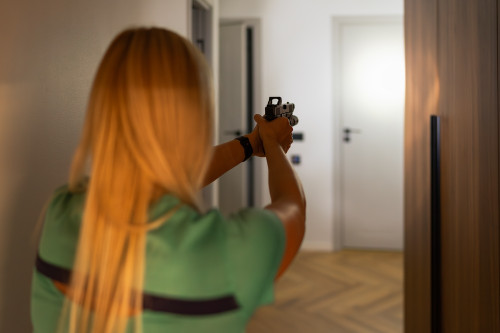
 Pro Armory Editorial Team
Pro Armory Editorial Team